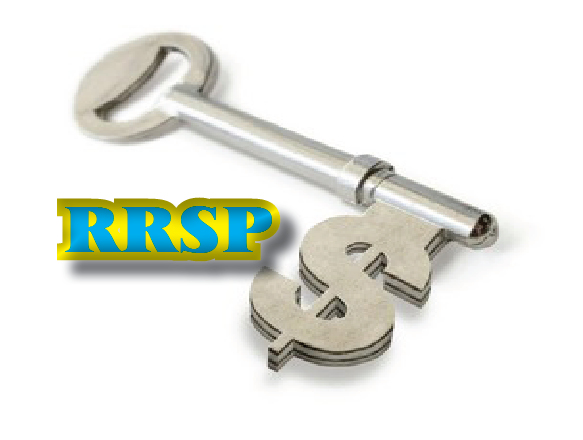
 Print
Registered Retirement Savings Plan (RRSP)
2-26-2014
A Registered Retirement Savings Plan (RRSP) is a tax-deferred account designed specifically for retirement savings. Any resident of Canada under the age of 71 who has earned income may establish and contribute to an RRSP.
December 31 of the year you turn 71 years of age is the last day you can make a contribution to your RRSP. You can contribute to an RRSP under which your spouse or common-law partner is the annuitant until the end of the year your spouse or common-law partner turns 71.
CRA determined your limit from information on your 2012 and previous year's returns, and from information CRA keep on record. If your earned income changes, your 2013 RRSP deduction limit may also change. In most cases, CRA will inform you of any change to your 2013 RRSP deduction limit.
The maximum RRSP deduction limit for 2013 is $23,820. However, if you did not use all of your RRSP deduction limit for the years 1991-2013, you can carry forward the unused room to 2014. Therefore, your RRSP deduction limit for 2013 may be more than $23,820.
The maximum RRSP deduction limit for the subsequent year is as follows:
Any income you earn in the RRSP is usually exempt from tax for the time the funds remain in the plan. However, you generally have to pay tax when you cash in, make withdrawals, or receive payments from the plan.
If you own locked-in RRSPs, generally you will not be allowed to withdraw funds from them. If you do not know if your RRSPs are locked in, contact your RRSP issuer. If your RRSPs are not locked in, you can withdraw funds at any time.
At the time of death, an individual may have an RRSP. The amount you include in income of the deceased annuitant can vary depending on whether or not the RRSP has matured.
As well, any balances remaining for withdrawals under the Home Buyers' Plan or Lifelong Learning
Registered Retirement Income Fund (RRIF)
A RRIF allows an investor to convert his or her retirement savings into retirement income. Any time before the end of the year you turn 71, RRSPs must be converted to RRIFs. There is a minimum annual withdrawal required each year based on the value of the RRIF and the plan holder’s age (or spouse’s age) at the beginning of the year the withdrawal takes place. The payments made to you from your RRIF are taxable, but the investment in a RRIF continues to grow tax-deferred until they are withdrawn.
Subject to the government’s minimum annual requirements, you may withdraw as much – or as little – as you want from your RRIF, whenever you want. You can also make a complete withdrawal at any time if needed. The minimum amount that must be withdrawn each year is equal to the market value of the RRIF at the beginning of the year, multiplied by a specific percentage.
Footnotes: Footnotes: This column is presented as a general source of information only and is not intended as a solicitation for business. It is always recommended that you consult a qualified tax professional before embarking on any of the suggestions outlined above. Mohammed Yasin, CGA, is the principal of M. Yasin & Co. Inc., Certified General Accountants and has offices in Vancouver & Surrey,B.C. He is also A Member of Muslim Business Council of B.C. For more information on this topic or any other taxation matter
|